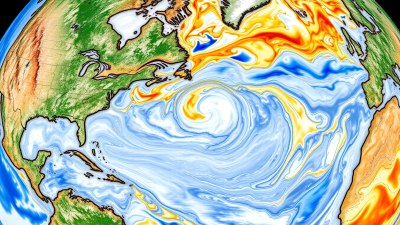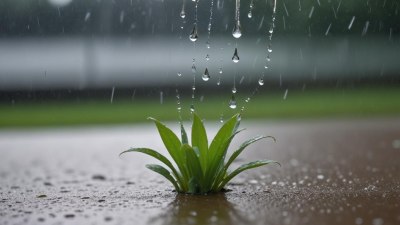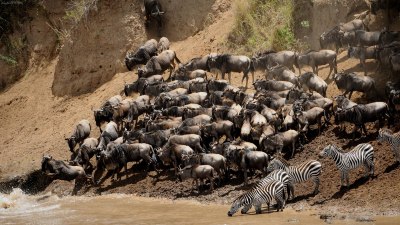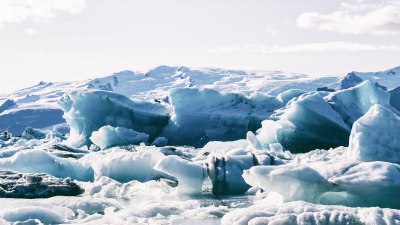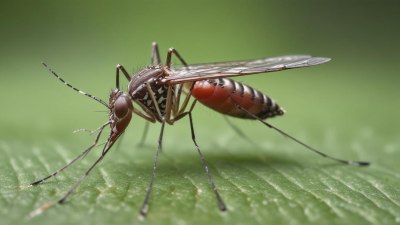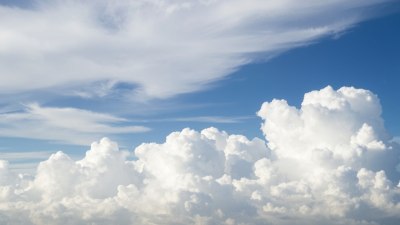How Nature Wakes Up After Long Periods of Cold
Explore the fascinating process of nature's awakening after cold seasons, highlighting flora, fauna, and ecosystems.
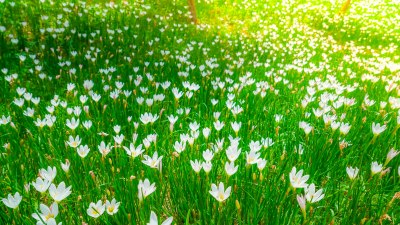
Image by jannoon028 on Freepik
As winter recedes and the grip of cold loosens, nature begins a remarkable transformation. This awakening, which occurs with the arrival of spring, is not merely a seasonal change but a complex interplay of biological and environmental factors. The emergence of life from dormancy involves various processes in plants, animals, and ecosystems.
The Role of Temperature
One of the primary triggers for nature's revival is the increase in temperature. When temperatures rise, it signals to plants that it is time to awaken from their winter slumber. Many perennial plants, which survive through the cold months in a dormant state, start to absorb nutrients, push forth new shoots, and unfurl their leaves. This process is vital for their growth, as these plants rely on the warmth of spring to break dormancy.
Photoperiod and Plant Growth
In addition to temperature, daylight plays an essential role. The lengthening days of spring provide vital cues to plants, stimulating growth hormones and the photosynthesis process. As sunlight increases, chlorophyll production ramps up, allowing plants to convert sunlight into energy more efficiently. This process leads to faster growth rates and the vibrant colors of blossoming flowers.
The Awakening of Wildlife
The thawing of winter doesn’t just affect plant life; it also encourages wildlife to emerge from hibernation or migrate back to their breeding grounds. For example, bears and some reptiles come out of hibernation as the temperature rises. Their awakening is synchronized with the availability of food sources, such as tender new shoots, which are abundant at this time. Similarly, migratory birds return from their winter habitats, drawn by the longer days and increased food availability in their nesting areas.
Pollinators and Plant Reproduction
The emergence of warmer temperatures brings with it the activity of pollinators. Bees, butterflies, and other insects awaken and begin their crucial role in plant reproduction. As flowers bloom, they attract these pollinators, who collect nectar and pollen, thus facilitating the fertilization process necessary for plant reproduction. This interdependence between plants and pollinators is a fundamental aspect of springtime ecology.
Soil and Microbial Activity
The soil, often overlooked, also plays a key role in the revival of nature. As temperatures warm, microbial activity in the soil increases significantly. Decomposers begin to break down organic matter, releasing essential nutrients back into the ecosystem, which will be used by plants for growth. This process enriches the soil, and when coupled with the moisture from melting snow or spring rains, it enhances the growing environment for new plant life.
Aquatic Ecosystems
Not only terrestrial ecosystems wake from their winter rest; aquatic environments undergo significant changes as well. Ice melts from lakes and rivers, allowing sunlight to penetrate the water and stimulate the growth of phytoplankton. These microscopic plants form the base of aquatic food webs, and their blooming is crucial for the entire ecosystem. Fish and other marine life respond to these changes by spawning, leading to new populations that will thrive in the warmer months.
The Impact of Climate Change
While the natural awakening after winter is a marvel of biology, it is vital to acknowledge how climate change is affecting these processes. Altered temperature patterns, increased frequency of extreme weather events, and changing precipitation patterns can disrupt the balance of ecosystems. For instance, some plants may bloom too early in response to unseasonably warm temperatures, leading to a mismatch with pollinators that may not emerge until later. Such disruptions can have cascading effects on food webs and biodiversity.
Restoration of Ecosystems
The awakening of nature is not just about individual species but the restoration of entire ecosystems. Healthy ecosystems are resilient and adapt to changes in their environment, which is crucial as they face the challenges of climate change. Restoration efforts often focus on re-establishing native plant species, reintroducing wildlife, and rehabilitating habitats to support the natural awakening of ecosystems following disturbances.
The Beauty of Spring
Springtime is often considered one of the most beautiful times of the year, as landscapes burst into color with blooming flowers, lush greenery, and the enthusiastic activity of wildlife. People are drawn outdoors to witness this transformation, whether through gardening, hiking, or simply enjoying the sights and sounds of nature coming back to life. The hope and renewal associated with spring remind us of the resilience of nature and the interconnectedness of all living organisms.
The Human Connection to Nature’s Awakening
Humans have a unique relationship with the seasonal rhythms of nature. The awakening of nature after cold periods has cultural significance in many societies and is often celebrated through festivals and traditions. For example, many cultures hold spring festivals to honor the fertility of the earth and the return of life after winter. The agricultural cycle, which is intrinsically tied to these seasonal changes, influences food production and cultural practices worldwide.
The process through which nature wakes up after long periods of cold is a multifaceted phenomenon that showcases the incredible interconnectedness of life. From the revitalization of plants to the awakening of animals and the interplay of ecosystems, this annual event is a testament to the resilience and adaptability of life. As we observe these changes, it is crucial to foster a greater appreciation for our environment and promote practices that protect and preserve the intricate balance of nature that allows these processes to unfold each spring.

